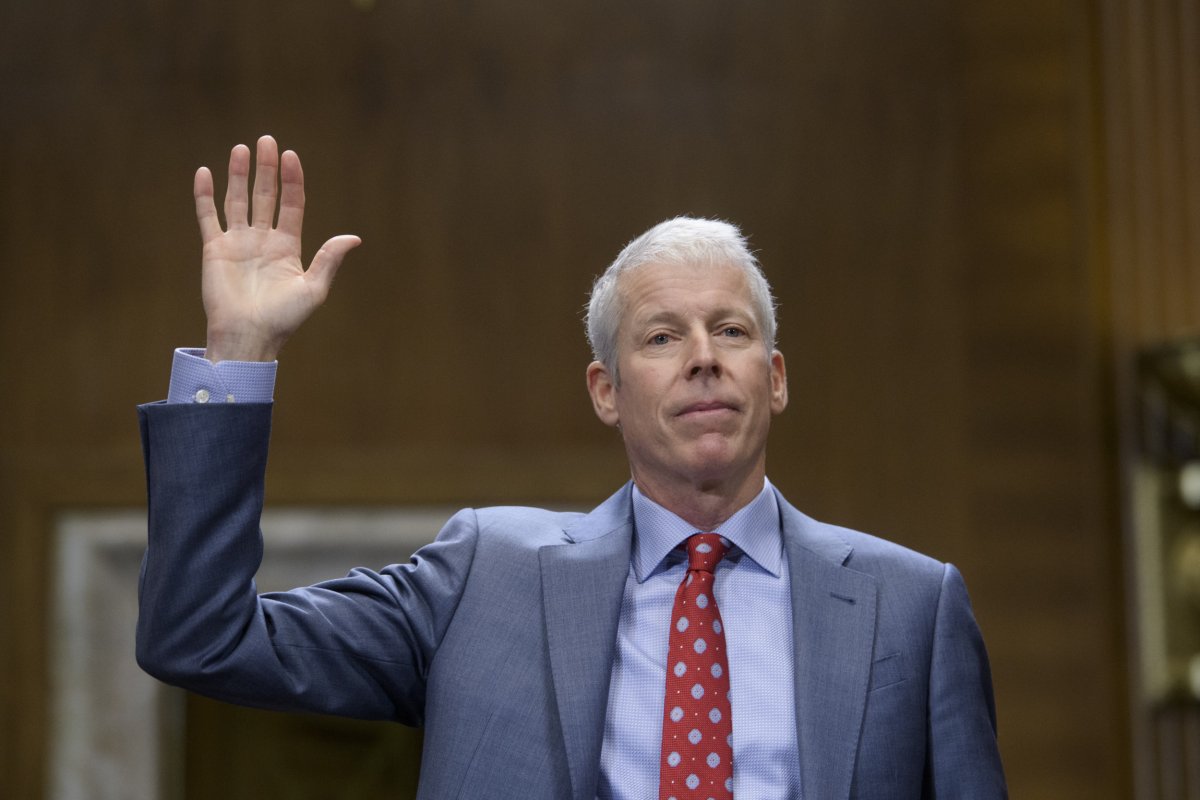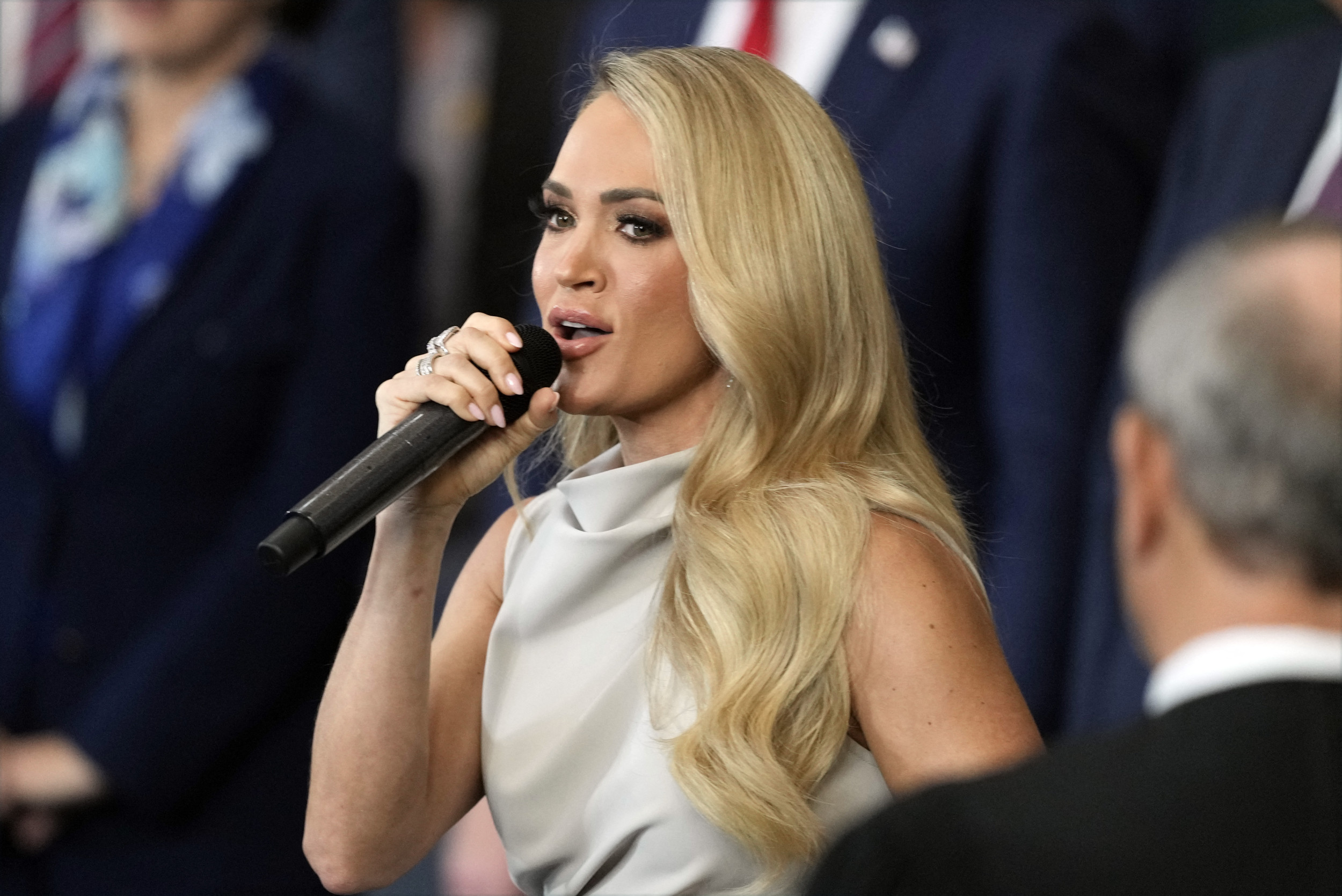President Donald Trump began reshaping U.S. energy policy on his first day in office, favoring oil, gas, and coal, the traditional fossil fuels.
However, one renewable energy source, geothermal, has emerged as an exception. Experts say geothermal's reliability and overlap with the oil and gas industry's technologies make it appealing to Trump's administration and allies in Congress.
Newsweek has reached out the Department of Energy for comment via email.
Why It Matters
Geothermal energy provides consistent, round-the-clock electricity by harnessing the Earth's heat to create steam that powers turbines. Unlike solar or wind, it isn't dependent on weather conditions, making it a reliable and clean alternative to fossil fuels. Expanding geothermal's footprint could diversify America's energy mix and reduce emissions from traditional power plants.

What To Know
The Trump administration declared an energy emergency this week, including geothermal in its list of domestic energy resources aimed at ensuring a reliable and affordable energy supply.
While solar, wind, and battery storage were excluded from these priorities, geothermal gained bipartisan support. Trump's pick for energy secretary, Chris Wright, a fossil fuel executive, highlighted geothermal as an "enormous, abundant energy resource."
The U.S. is already a global leader in geothermal power, but it currently contributes less than 0.5 percent of the nation's large-scale electricity generation.
Bipartisan Appeal and Industry Overlap
Many geothermal innovations draw directly from oil and gas technology, enabling former fossil fuel industry professionals to transition into renewable energy. This connection aligns geothermal with Trump's pro-oil stance while maintaining bipartisan appeal in Congress.
Growing Potential
The U.S. Department of Energy estimates that advanced geothermal projects could generate up to 90 gigawatts of electricity by 2050, powering 65 million homes. New technologies are expanding geothermal's reach by unlocking energy from hot rocks deep below the Earth's surface, increasing the potential for nationwide use.
Bryant Jones, executive director of Geothermal Rising, expressed optimism about the administration's support, hoping for streamlined permitting, increased federal research, and tax incentives to drive innovation.
Challenges for Wind and Solar
While geothermal gained traction, the administration took steps to hinder wind energy development, pausing offshore wind lease sales and federal permits. Trump criticized wind turbines as overly expensive and dependent on subsidies, contrasting them with geothermal's emerging status as a cost-effective solution.

What People Are Saying
Bryant Jones, Geothermal Rising's executive director: "Geothermal is heating up, and the Trump administration is going to empower the industry over the next four years to achieve its potential."
Alex Kania, managing director at Marathon Capital: "It's reliable, it's efficient, and frankly their ties to the more conventional forms of energy production, I think, is probably not lost on some people."
What Happens Next
With the administration's focus on geothermal and other energy sources such as nuclear and hydropower, industry advocates hope for accelerated advancements in technology and infrastructure. By addressing permitting and funding challenges, geothermal could play a significant role in shaping America's renewable energy future.
This article includes reporting from The Associated Press



















 English (US) ·
English (US) ·